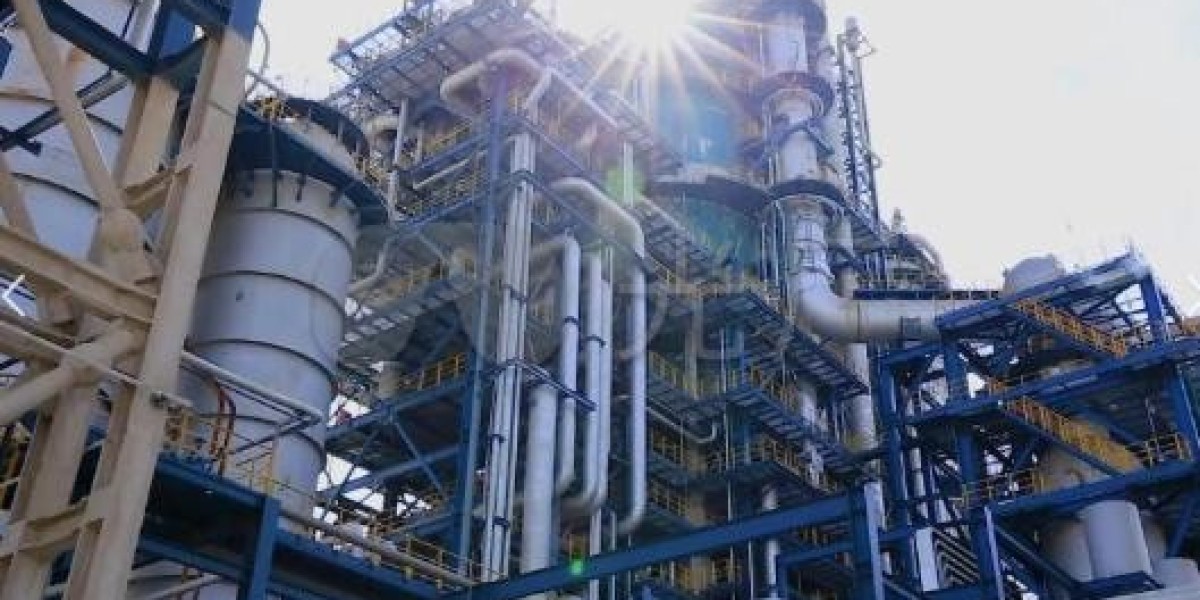Modern petroleum refinery operations are defined by advanced engineering and innovative process technology aimed at maximizing product yield, improving energy efficiency, and reducing environmental impact. Manufacturers of these critical plants, such as PurePath, emphasize integrated R&D and turnkey Engineering, Procurement, and Construction (EPC) services, recognizing that success in refining is now synonymous with technological superiority.
One area of key innovation lies in distillation efficiency and capacity. Conventional refineries rely on large, fixed atmospheric and vacuum distillation units. However, modern designs increasingly feature modular or skid-mounted units, offering flexibility and faster deployment for capacities ranging from small 1 kbpd (thousand barrels per day) sites to 150 kbpd complexes. Proprietary distillation know-how can deliver measurable performance gains—up to 3% higher net product yield—by optimizing heat transfer and separation dynamics. Specialized distillation units, such as the White Spirit Distillation Plant, are designed to fractionate specific kerosene cuts to produce high-purity solvents with minimal aromatic content, catering to niche market demands with surgical precision.
A second critical area is the pursuit of ultra-low sulfur fuels. Traditional hydrotreating, while effective, is energy-intensive and requires substantial hydrogen supply. Breakthroughs like the Ultrasonic Oxidative Desulfurization (UODS) Desulfurization Plant offer a paradigm shift. This technology can achieve sulfur levels of ≤10 ppm with significantly less hydrogen consumption (up to 30% less), making ultra-low-emission fuel production more cost-effective and environmentally friendly. This innovation is crucial for refiners needing to meet global standards like Euro 5 or other stringent domestic mandates.
Furthermore, integrating various conversion units ensures maximum value from the bottom of the barrel. For instance, the Heavy Fuel Oil (HFO) Visbreaking Unit is strategically placed to convert low-value residual oil—the heaviest fraction left after distillation—into lighter, more valuable diesel and distillates. This strategic upgrading capability is what differentiates a simple topping refinery from a complex conversion petroleum refinery, guaranteeing the highest possible return on investment by leaving virtually no low-value residue. These technological advancements underscore the fact that the modern refinery is not a static facility but a highly dynamic, chemistry-driven system engineered for optimal performance and future compliance.








